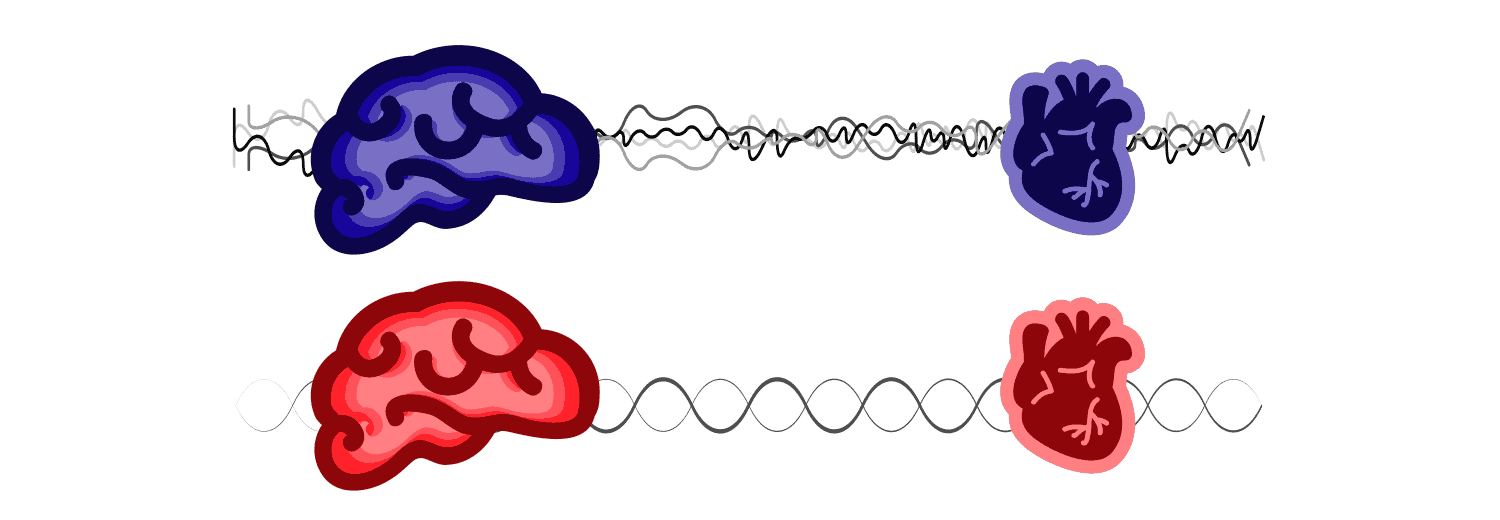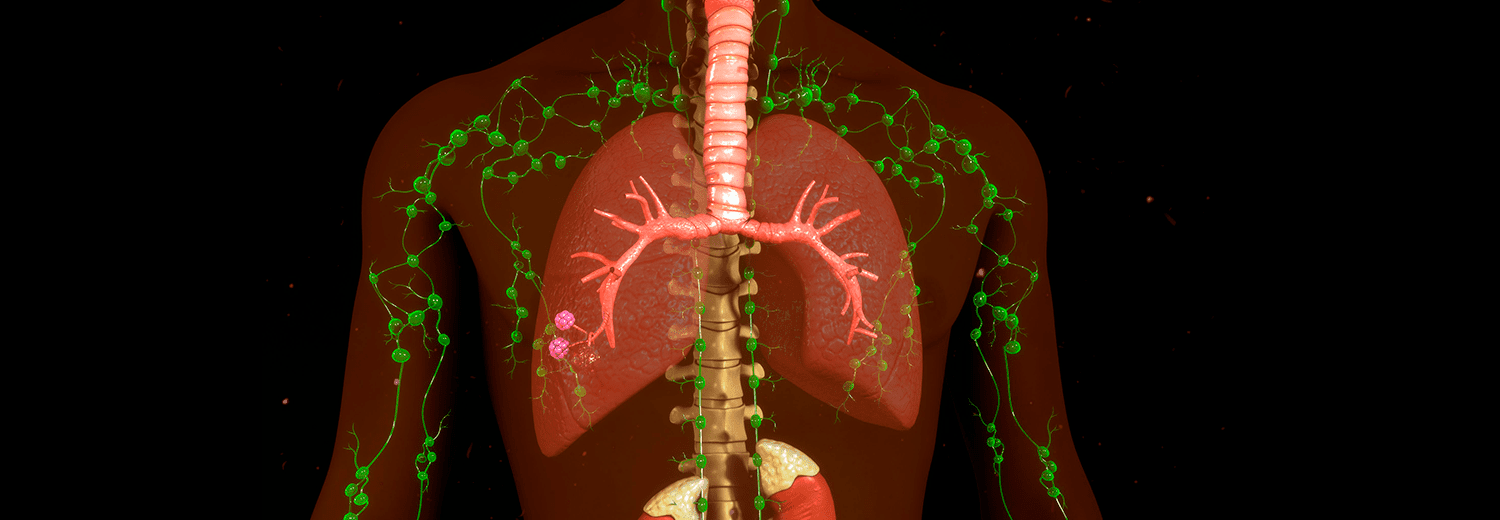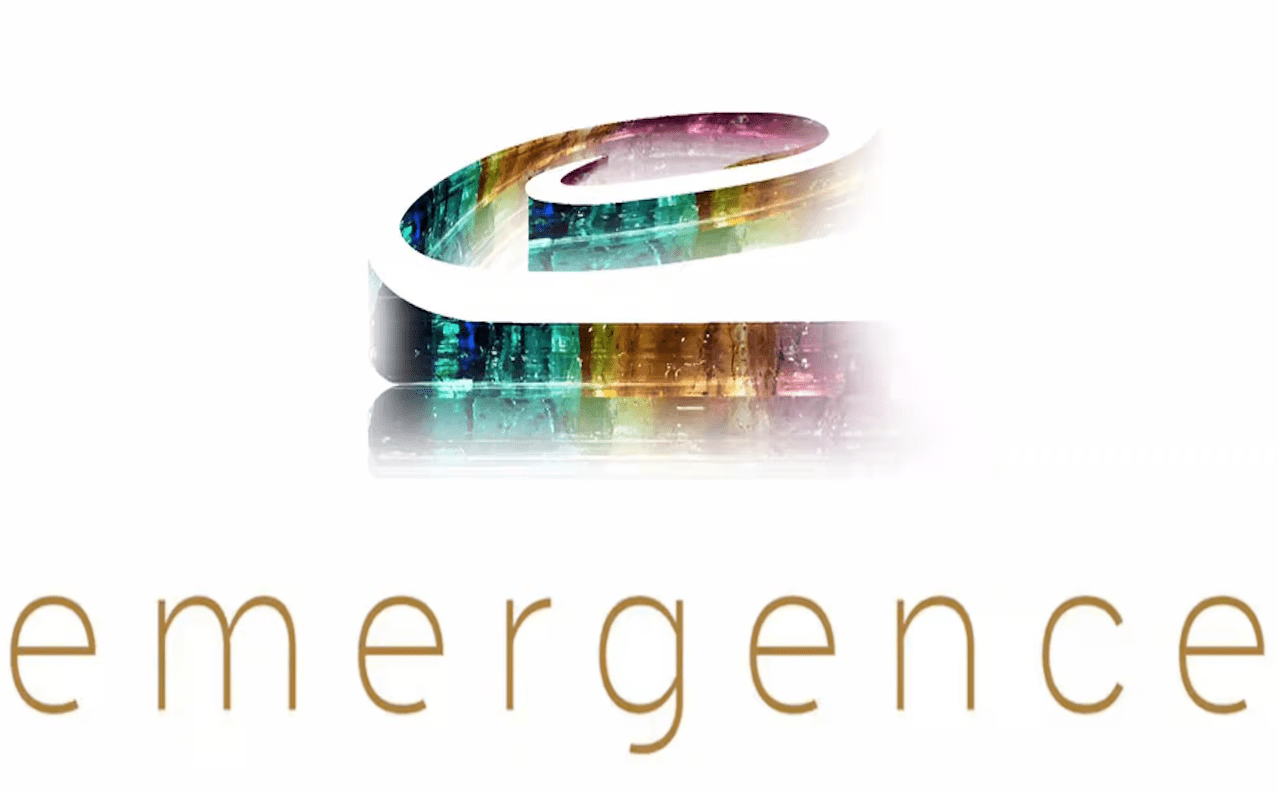

The adjunctive therapies blend seamlessly with our primary modalities as part of a larger, holistic treatment form. The adjunctive therapies bring a specialized approach not only for your muscles and bones, but also for deeper issues in the internal organ, lymphatic, and energetic systems of the body. By addressing these diverse systems, we are better able to treat the whole person.
Body prioritizes protecting viscera
Tissues tighten-compress-adhere in chronic holding patterns
Therapy releases tissue tensions and restrictions
Establishes mobility and health in the internal organs


Based on Visceral Manipulation, developed by Jean Pierre Barral D.O., this therapy works to reduce tensions and enhance mobility and function in the internal organs and their neighboring structures. If an organ has restricted movement and/or dysfunction, the body will prioritize protecting it. Tissues will tighten and conform to guard the area. Adjoining nerves and vasculature will compress and constrict in a compensatory response. This creates a broadened area of tension and restriction within the tissues—a chronic holding pattern lacking in movement and circulation.
Visceral therapy uses organ-specific fascial mobilization to release restrictions, reduce tensions, restore movement and improve function in individual organs and in their relationships throughout the body.
This can create a positive, domino effect bringing alignment and positional balance, improved fluid circulation and enhanced nerve supply to the individual organs and their adjoining structures—with far-reaching benefits throughout the body.
Visceral Therapy works with the energetic/emotional aspect of organs
Emotions contain energy which can be contained in the body
Specific emotions are held in specific organs
Visceral Therapy can be used to address the energetic aspect of internal organs, and specifically how the organs are affected by the energy of emotions we hold in our body.
In the Traditional Chinese Medicine (TCM) model, internal organs are considered receptacles for emotions in our body.
In TCM it is assumed that emotions contain energy, and that emotional energy can be internalized and stored in a given organ. Specific emotions are thought to be held in specific organs. The liver holds anger, the lungs hold grief, the kidneys hold fear etc. If these emotions are not recognized, expressed, released or transformed within the body, they can accumulate in target organs. This can create detrimental effects on our health and well-being.
With cumulative emotional energy in organs, the body pays a price
Energetic/emotional discharge from organs can be a healing process
Visceral Therapy enhances Somato-Emotional Release
When emotion accumulates in an organ, there are generally consequences in the body. The energetic burden of retained anger, grief or fear may affect functioning of the organ itself. Emotions can be powerful forces inside us, creating increased pressure and neurological charge in an organ and its neighboring tissues. This can cause cumulative tensions, impaired circulation, dysregulated nerve supply and possible dysfunction in the organ and throughout the body. Facilitating energetic/ tissue release of emotions can help these conditions.
When emotional energy is discharged from an organ, pressures and tensions normalize throughout the area and function improves.
In this respect, Visceral Therapy combines well with Somato-Emotional Release. Anatomically specific palpation of individual organs and their energetic component helps facilitate the emotional release process. The expression, release or transformation of emotional energy can have a profound healing effect on the internal organs and overall body physiology.
[/accordion_son][/accordion_father]
Enhances flow and circulation of lymphatic fluid (lymph)
Lymph flows through capillaries and ducts separate from blood
Stagnate lymph flow causes waste and toxins to accumulate


Lymphatic Therapy is a gentle, noninvasive modality used to facilitate movement and drainage of lymph throughout the body.
Lymph is responsible for removing toxins and waste products from the body. It is a vital part of our immune system.
Lymphatic fluid runs through a network of capillaries and ducts, separate from the bloodstream. It also passes through a system of lymph nodes concentrated in specific areas, where it is filtered and purified. The fluid follows a series of pathways from the toes all the way up to the lower neck, where it drains into the subclavian vein and returns to venous circulation. It also follows pathways from inside the head and down through the neck, draining into the same subclavian vein. If lymph circulation is congested along any of these pathways, that area of the body will accumulate toxins and waste products.
With lymph congestion, tissues become sensitive and irritable
Improving lymph flow cleanses and clears areas of stagnation
This increases cellular oxygenation and regeneration
Lymph flow becomes stagnant for many reasons: chronic tension or pain, inflammation, injury/swelling, stress, fatigue and emotional duress among others.
With sluggish lymphatic circulation, waste products accumulate in the cellular environment. Cellular oxygenation in the area is decreased and overall functioning impaired.
Tissues may become irritated and hypersensitive. The area can appear puffy or swollen from fluid congestion. These places may also present as chronic pain syndromes. By awakening and enhancing the body’s natural, wave-like movement of lymph, this therapy helps cleanse and clear areas of stagnation and toxin accumulation. Cellular oxygenation is increased, and regeneration is awakened in the cellular environment.
Tissues soften and relax with the cleansing process
Energy and vitality are brought to weak or impaired areas
Body’s healing capacity is awakened
As the fresh flow of lymph soothes and relieves the body, tissues release their tensions. This can be a missing link in eliminating stubborn and elusive pain syndromes. It can bring energy and vitality to areas considered weak or dysfunctional.
Healthy lymph circulation also supports function of the immune system and the body’s natural ability to mend itself.
Lymphatic Therapy works beautifully with our other modalities, as the flow of lymph moves very much in synchrony with the body’s self-correcting mechanisms. As your healing capacity awakens, and tissues release tension patterns, the lymphatic pathways have space to open, further enhancing lymph flow. Enhanced lymph flow further increases tissue relaxation, and a synergistic healing cycle occurs.
[/accordion_son][/accordion_father]
Energy is used by the hands with neutral, grounded intention
This activates self-correcting movement & release in tissues
The body reorganizes around homeostasis, creating balance


When energy is used therapeutically by the hands, with neutral healing intention, the person receiving treatment is invited into a self-correcting release process. In this process, predictable changes occur in the tissues. Among these changes is the initiation of subtle, inherent movement.
This movement is organized around releasing tension patterns in the body.
Tissues may move into the tension, further tightening and compressing; or move away from the tension, loosening and expanding. Or they may shift back and forth, from compression to expansion in their own rhythm and time. The tissues will subtly twist, rotate, flex, extend or bend in seemingly random three-dimensional movements. The tissues may also warm, pulsate, soften and spread as they relax and let go of compressive forces. Ultimately, in receiving neutral energetic touch, the body looks to decompress, unravel, unwind and let go of unwanted tension patterns. Given this invitation, the body will naturally move toward homeostasis-toward balanced tensions and structural integrity. We consider this inherent motion to be the body’s self-correcting release process in action.
Tissues gain ease, fluidity, alignment and improved function
Non-invasive therapy for acute conditions, sensitive people
Safe and nurturing for healing deep, traumatic wounds
With Energy Therapy, the tissues are gently invited to reorganize around homeostasis and health.
Energy Therapy can be an invaluable therapeutic tool due to its non-invasive nature.
In acute conditions where swelling or pain allow only the lightest of touch, energy work can be used effectively to provide relief. For sensitive, empathic people, particularly those working through trauma, even the slightest pressure with the hands may feel unsafe. Using neutral energy through the hands, without pressure (or possibly without touching), can provide a non-invasive, safe approach in these situations. It can be a nurturing bridge of support for the empathic person, suffering from past trauma, to explore their internal healing process.


Soft Tissue Therapy involves a firmer touch than our other modalities. It is used to accent and enhance our foundational therapies. There are times when the muscles and fascia need a technique that uses stronger pressure and a more assertive touch. When that situation arises, the following techniques are used:
Deep Tissue Bodywork
This type of therapy uses slow and deep pressure in strategic locations to melt and release the tissues. The idea is to mindfully and gradually increase the pressure as the tissue softens and yields beneath it. Thumbs, fingers, palms and occasionally elbows may be used depending on tissue density. We avoid any pain that creates a defensive response in the body. The ultimate goal of this technique is deep body healing.
Neuromuscular Therapy
Pioneered by Janet Travell, MD, neuromuscular therapy uses firm and precise pressure from the thumb or fingertips to contact trigger points in the musculature. Trigger points are areas of “exquisite tenderness” that refer pain through predictable patterns to neighboring areas of the body. Sustained pressure on a trigger point, followed by stretching of the involved muscle can be very effective in relieving deep, aching pain syndromes in the body.
Myofascial Release
This technique uses slow, sustained traction on the tissues, gradually and gently stretching the fascia (connective tissue). This is a physical complement to the softening, decompressing and lengthening achieved with energy work. Strategic stretching and elongation of fascia enhances relaxation, realignment and structural balance.
Sports Massage
There are many forms of Sports Massage. We use the technique for treating injuries and overuse pain syndromes such as tendonitis. This technique involves deep, firm friction across the fibers of the muscle and tendon. The idea is to manually break apart adhesions that have formed in the tissue. Done with accuracy, this method can be very effective in relieving pain and restoring function.

